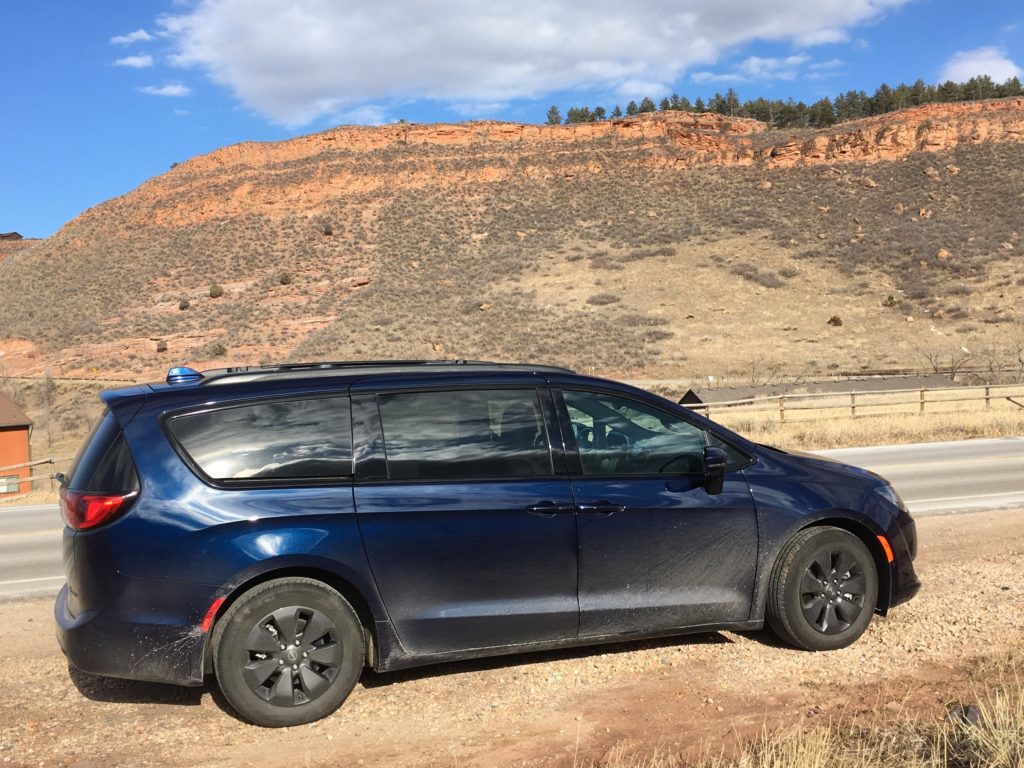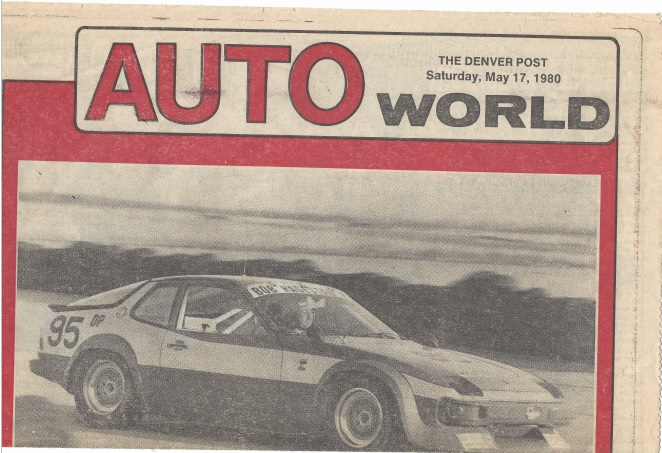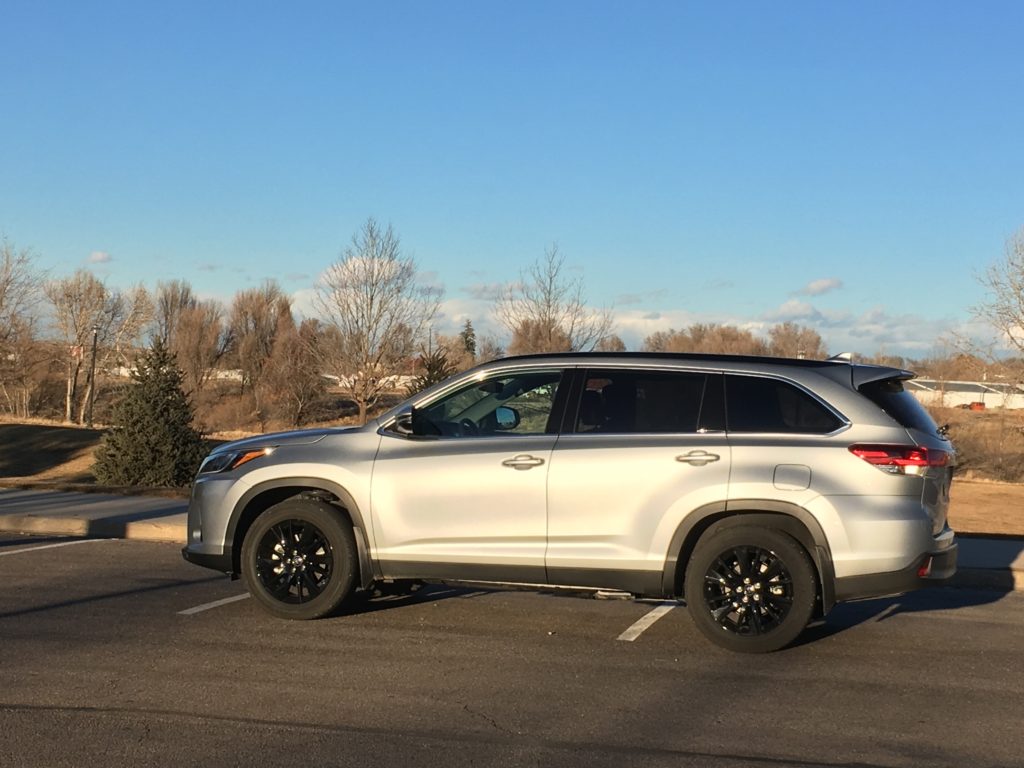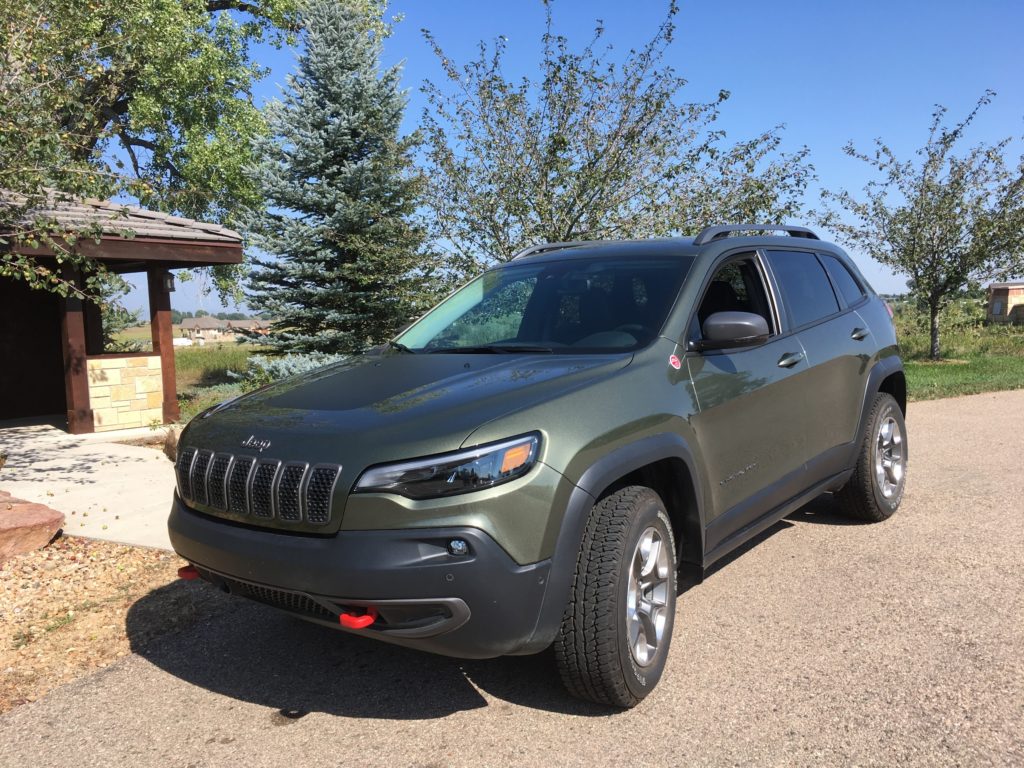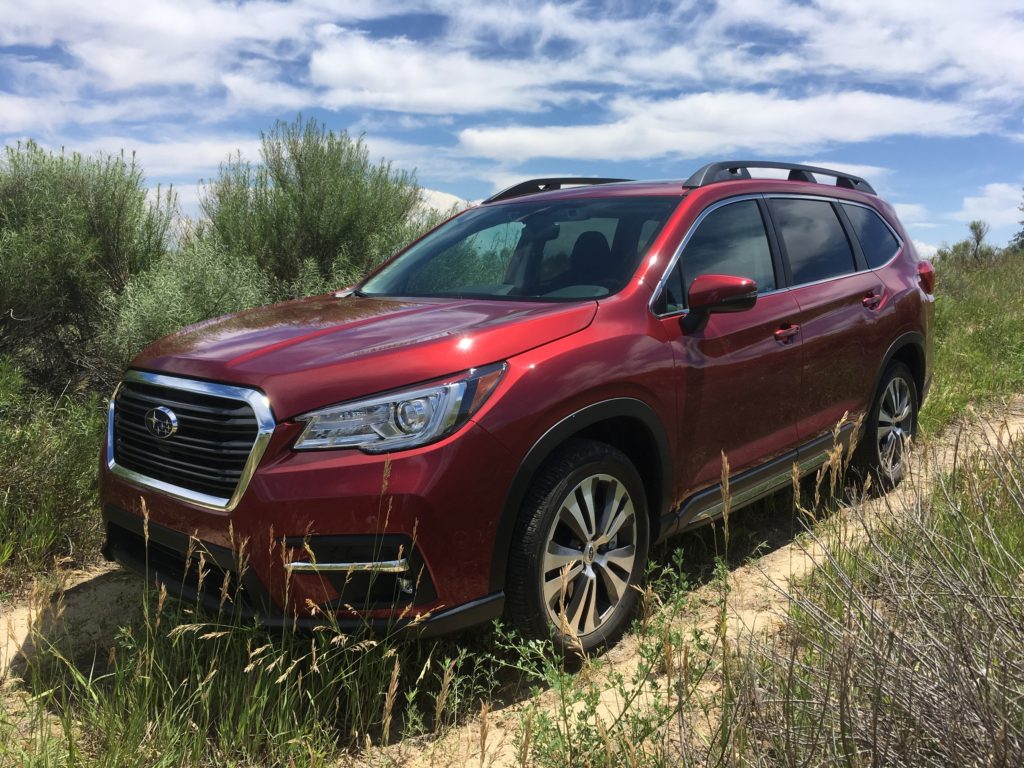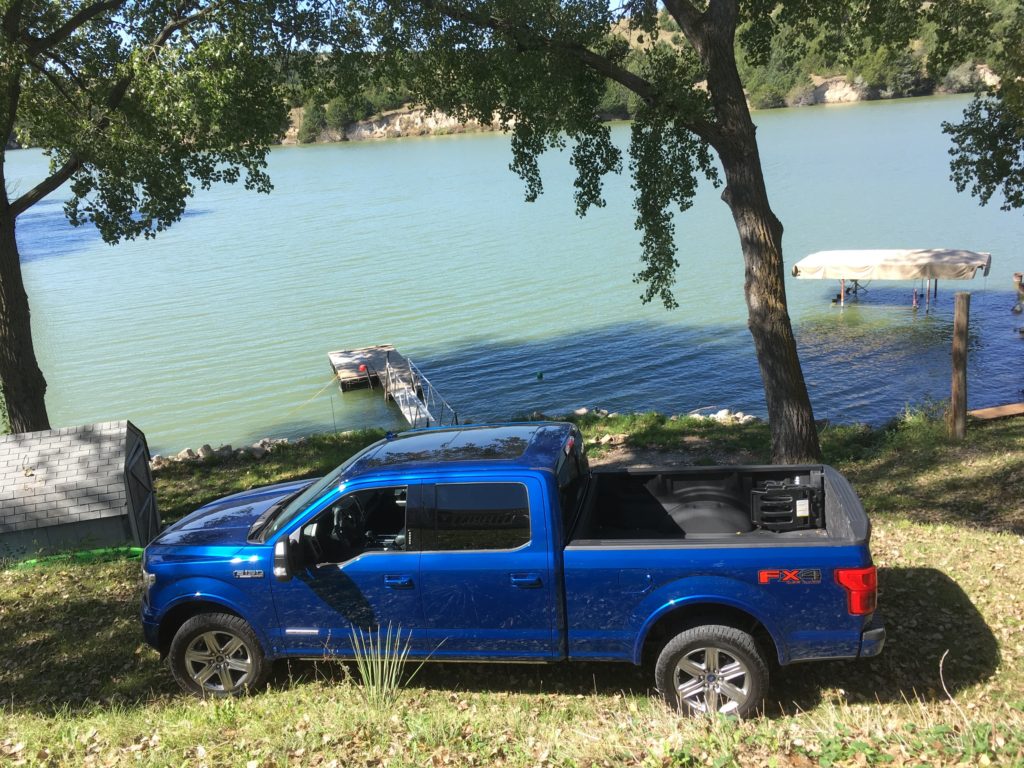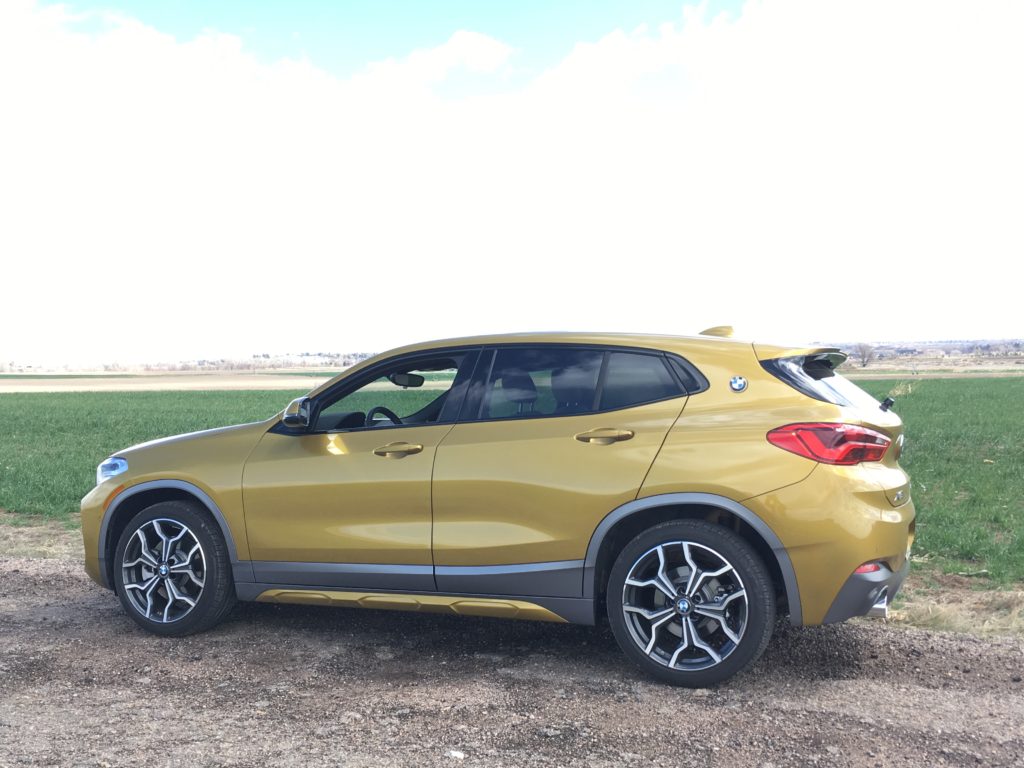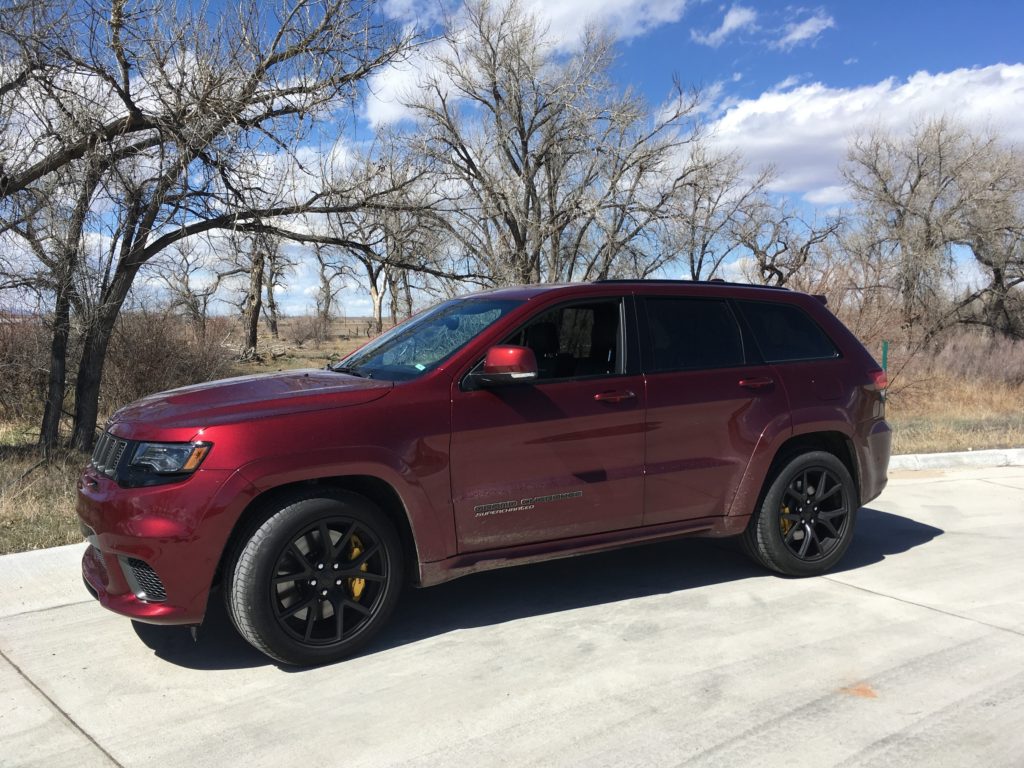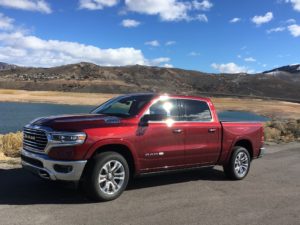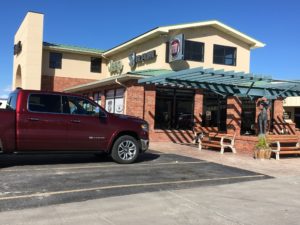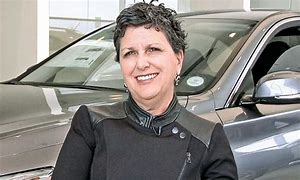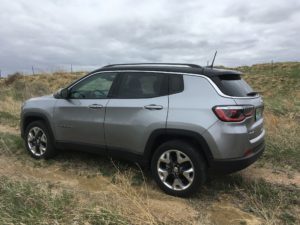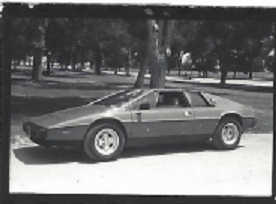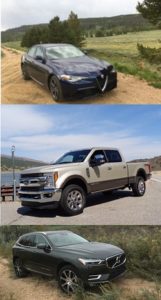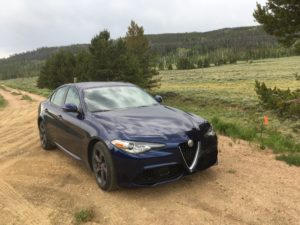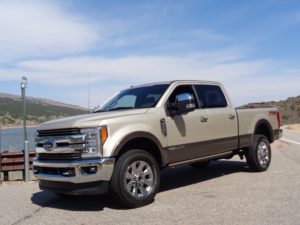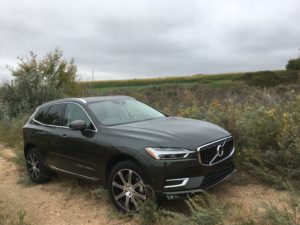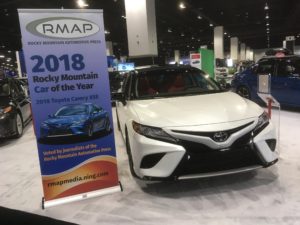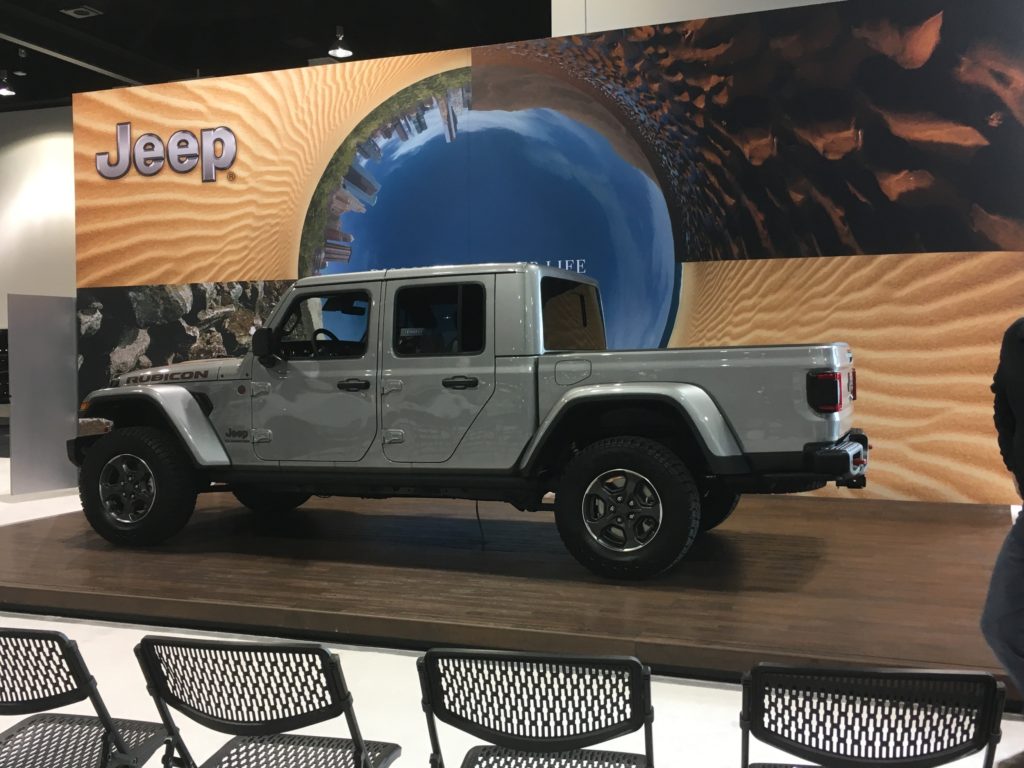
Entries into the midsize truck market by Ford and Jeep were “big” draws at the 2019 Denver Auto Show, which ended a five-day run in late March at the Colorado Convention Center.
Ford drew its share of attention at the opening of the show, first for what was there – the resurrected Ford Ranger – and, also, for what wasn’t there – the Mustang Bullitt. Jeep unveiled the 2020 Gladiator, its first pickup since the Comanche went away in 1992.
The Ranger, with larger dimensions and roomier interior, is back after an absence of seven years, and along with the Gladiator will take aim at hot-selling rivals Toyota Tacoma and Chevy Colorado, as well as the GMC Canyon and Nissan Frontier.
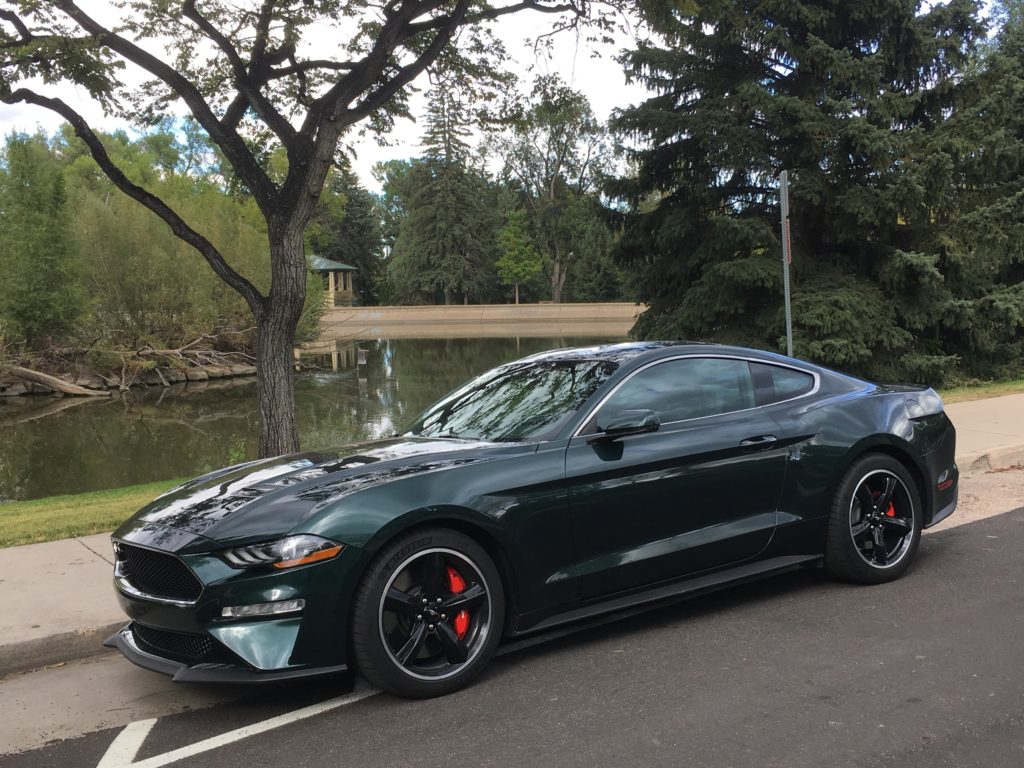
The Ford Mustang Bullitt, at the Gala Tuesday night kicking off the car show, was named Car of the Year in voting by members of the Rocky Mountain Automotive Press. The Ram 1500 was chosen Truck of the Year and Subaru Ascent is SUV of the Year.
Thirty minutes following those awards, presented by RMAP president Craig Conover, Leonard Kanonik was the first of many mentioning to me that the large Ford display didn’t include a Bullitt.
Crowds poured into the convention center hall Wednesday evening at the official opening of the show. Up front at the showroom floor were Toyota and Chevrolet displays; the Toyota lineup included its first-to-the-U.S., all-wheel-drive capable Prius Hybrid AWD-e.
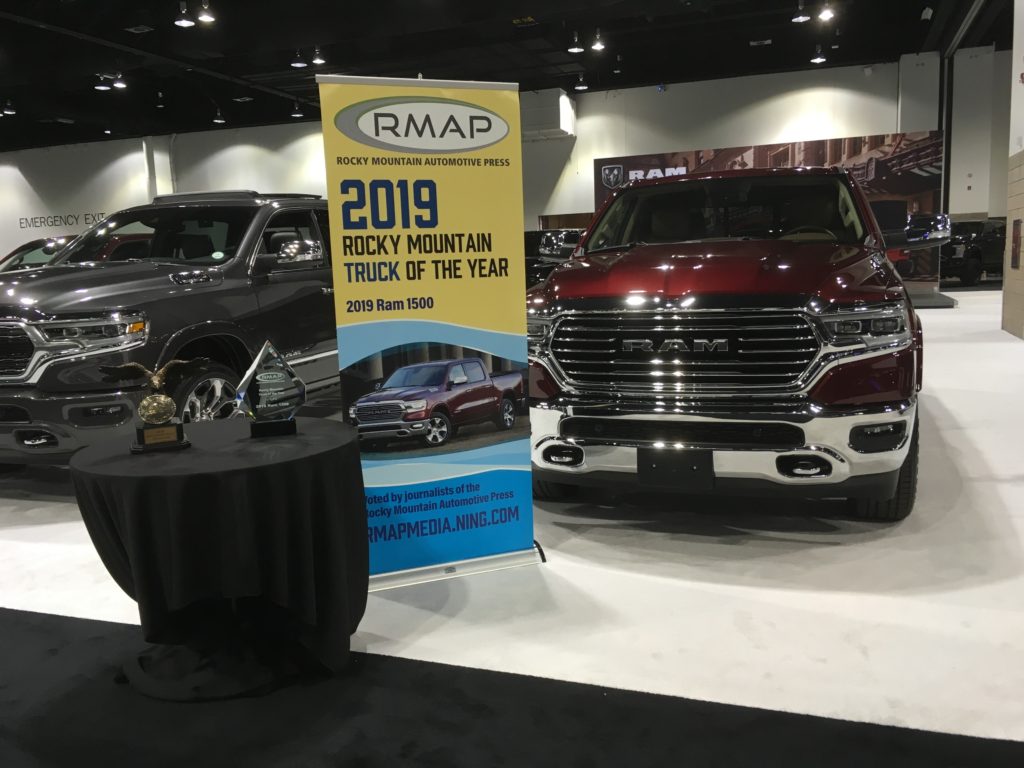
To earn Car of the Year honors, the ’19 Bullitt was picked ahead of the ’19 Volkswagen Jetta, ’18 Mazda6 Signature and ’18 BMW M5. The ’19 Ram outpolled the ’18 Ford F-150 Raptor and GMC Sierra AT4 as Truck of the Year; the ’19 Ascent was chosen as top SUV over the Volkswagen Atlas, Nissan Rogue SL and Chevrolet Traverse, all ‘18s.
After first glance at the impressive 2019 Ford Ranger on the floor of the Colorado Convention Center, an oft-heard comment was, “It is much larger than the old one.” How much bigger? After an absence of seven years, the Ranger returns with wheelbase which has grown by 1 ½ inches, overall length is more than a foot longer, width is more, its taller and curb weight is 700 pounds heavier at 4,200.
The four-door Gladiator, which goes on sale in the coming month, is 219 inches in overall length, 31 inches longer than the Wrangler Unlimited four-door. An 8-speed automatic transmission or 6-speed manual will be available with the 3.6-liter Pentastar V-6 engine (up to 7,650 pounds tow capacity). A 3.0-liter ecodiesel V-6 will be available for 2020.
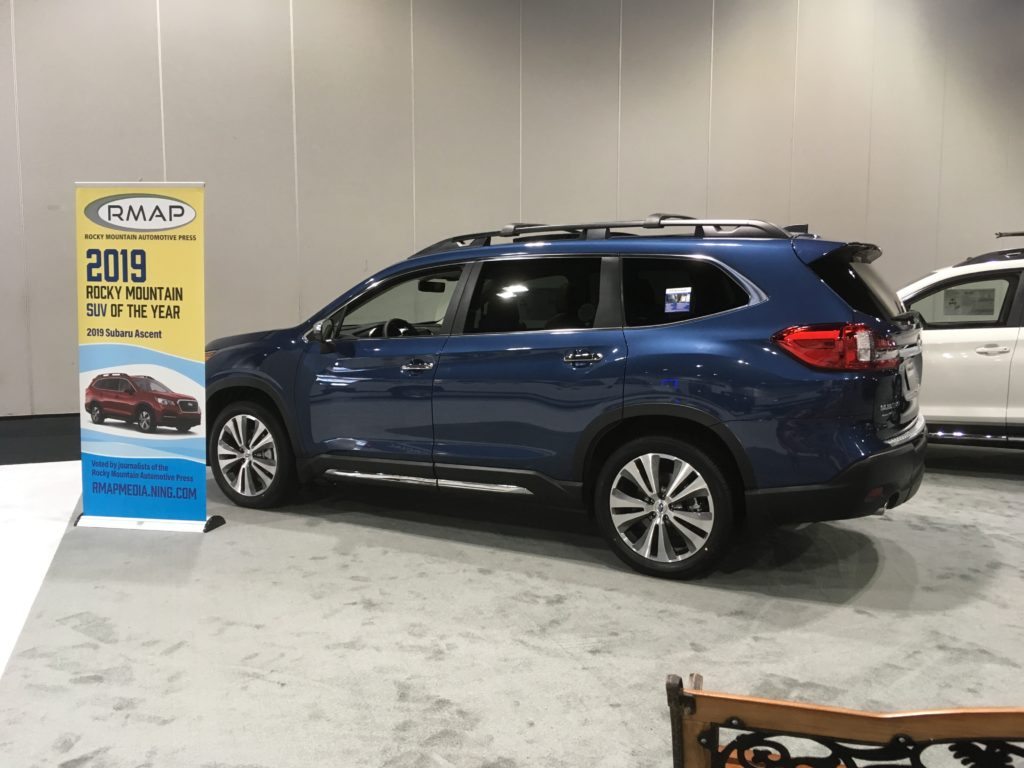
I’ve driven the 2019 Ford Ranger Lariat SuperCrew 4X4, the most expensive trim level for the truck. Its sticker price is $45,190. The cheapest Ranger 4X4 is the XL SuperCab, which begins around $29,000.
Power is from a 2.3-liter EcoBoost 4-cylinder, with 10-speed automatic transmission. There is no lack of power, though occasionally in low speeds it seems often to move up two or three gears and lug a bit, then awaits coaxing to drop down to more responsive rpm.
With the optional FX4 OffRoad package, suspension has been firmed up. It rides on Hankook 265/60R18 tires.
Its 20.7 fuel-mileage average is higher than I’ve attained in a Toyota Tacoma or Nissan Frontier. The only gas-engined compact truck that has topped the Ranger for me was a 2018 GMC Canyon with 3.6-liter V-6 that averaged 21.2 last summer.
Back and forth at the auto show
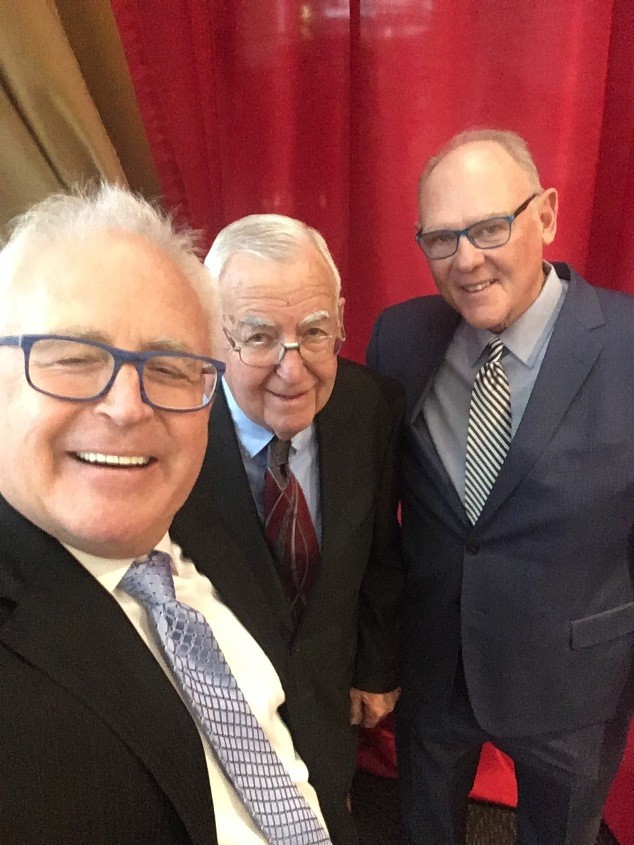
Tim Jackson, Bud Wells and George Karl await opening of the Denver Auto Show. (Tim Jackson photo)
Standing alone at the entrance to the convention center auto show floor, popular Nuggets’ coach George Karl graciously agreed to have his photo taken with me, and with Tim Jackson. Might he coach again? Well, he didn’t say no. . . . . What Cadillac might have been the favorite automobile through the years for Debi Medved, stylish wife of megadealer John Medved. It wasn’t a Cadillac at all, she told me at the car show – it was the big, burly Hummer H2. “And I also drove the Hummer H1 and Hummer H3, and liked them, too,” she said. The Hummer went out of production in 2009. . . . . Amid all the glitter of the new cars, Grand Junction Republican freshman representative Matt Soper, with Sarah, expressed his eagerness for the legislation task at the State Capitol. He represents Mesa and Delta counties. . . . . Seeking late-night dessert at Peaks on the 27th floor of Hyatt Regency Denver following the Tuesday night Gala preceding Denver Auto Show, Mike Van Duzer, of Chicago, made room at crowded bar for Jan and me to order, then bought our fondue dessert for us. Van Duzer, in Denver for US Foods convention at the Hyatt, is a big baseball fan, and happy for Denver over signing of Nolan Aranado, but not sure the Rockies will prevail over his Cubbies this season. . . . . Victory Motors Ram/Jeep dealer Steve Maneotis, of Craig, was thrilled to come across Villager publisher Bob Sweeney at the show. Sweeney, who published the Craig paper before moving to Denver and opening the Villager, was a friend of Maneotis’ father, Tom, in Craig. . . . . Jan and I, enjoying the early Wednesday morning street view from Starbucks on the Sixteenth Street Mall, saw a familiar face from 15 years ago, that of Derrick Johnson, delivering bakery goods to a lower level. Back in the early 2000s, he delivered new cars to me from Thompson Communications, including a rear-drive BMW which became stuck in deep snow two blocks from my home in Greeley and had to be towed to the driveway. He’s now a lead driver for Izzio Bakery.
